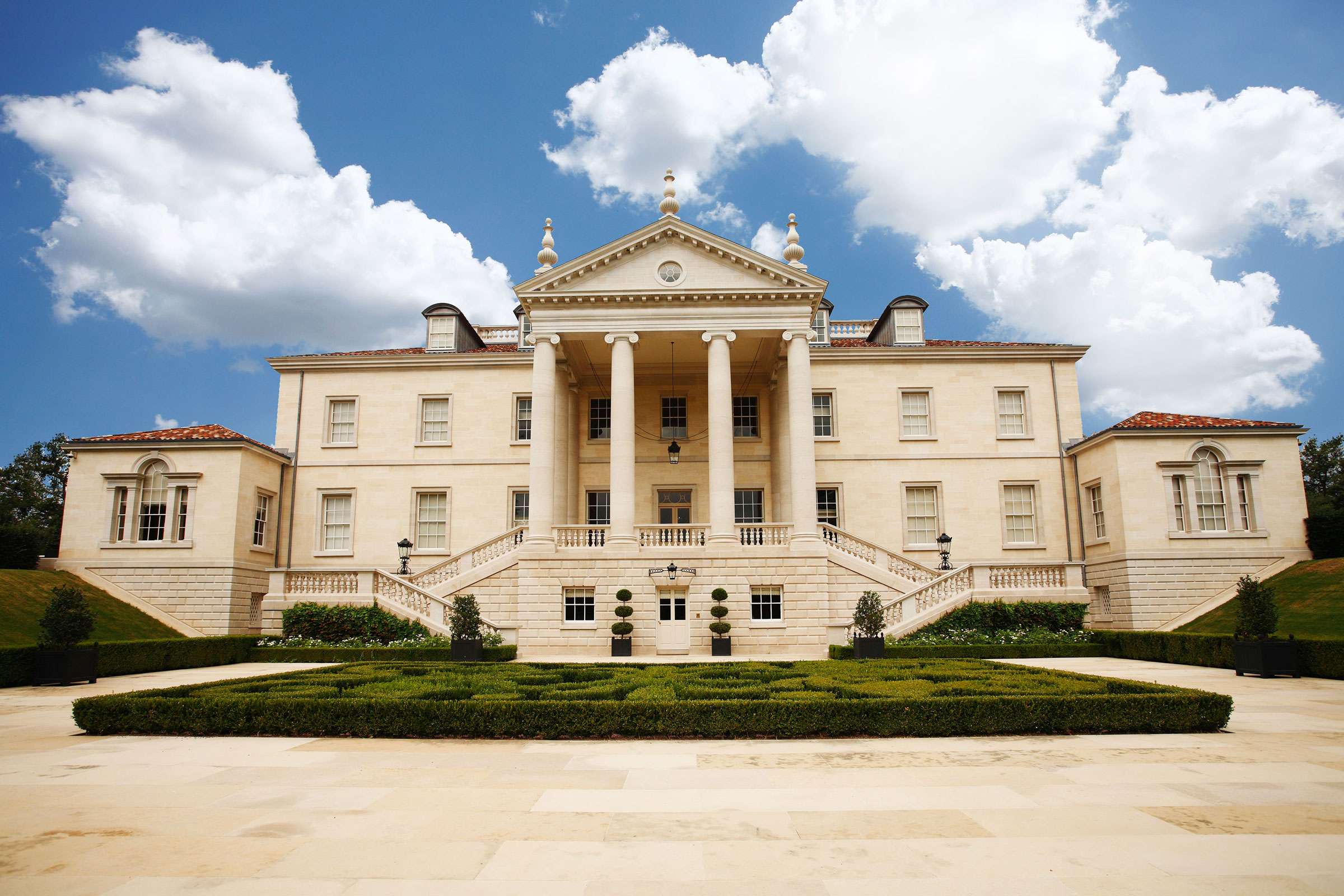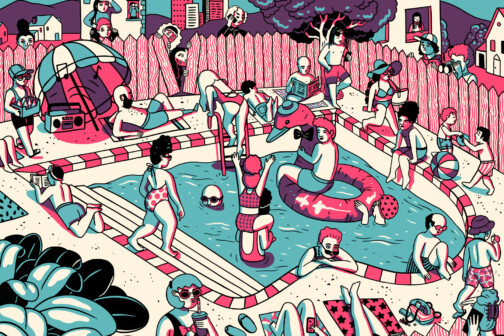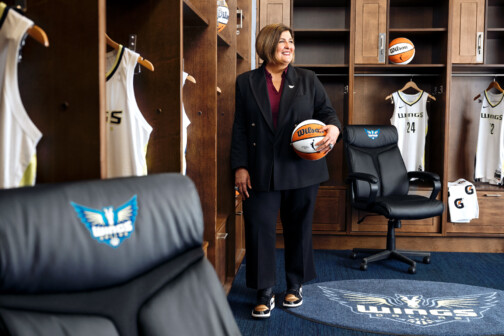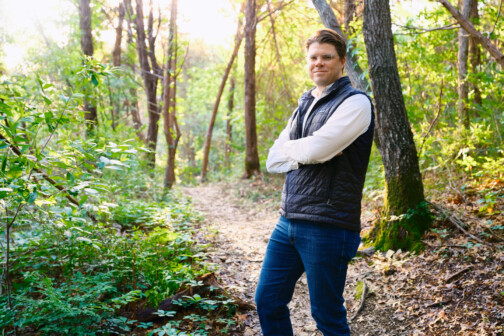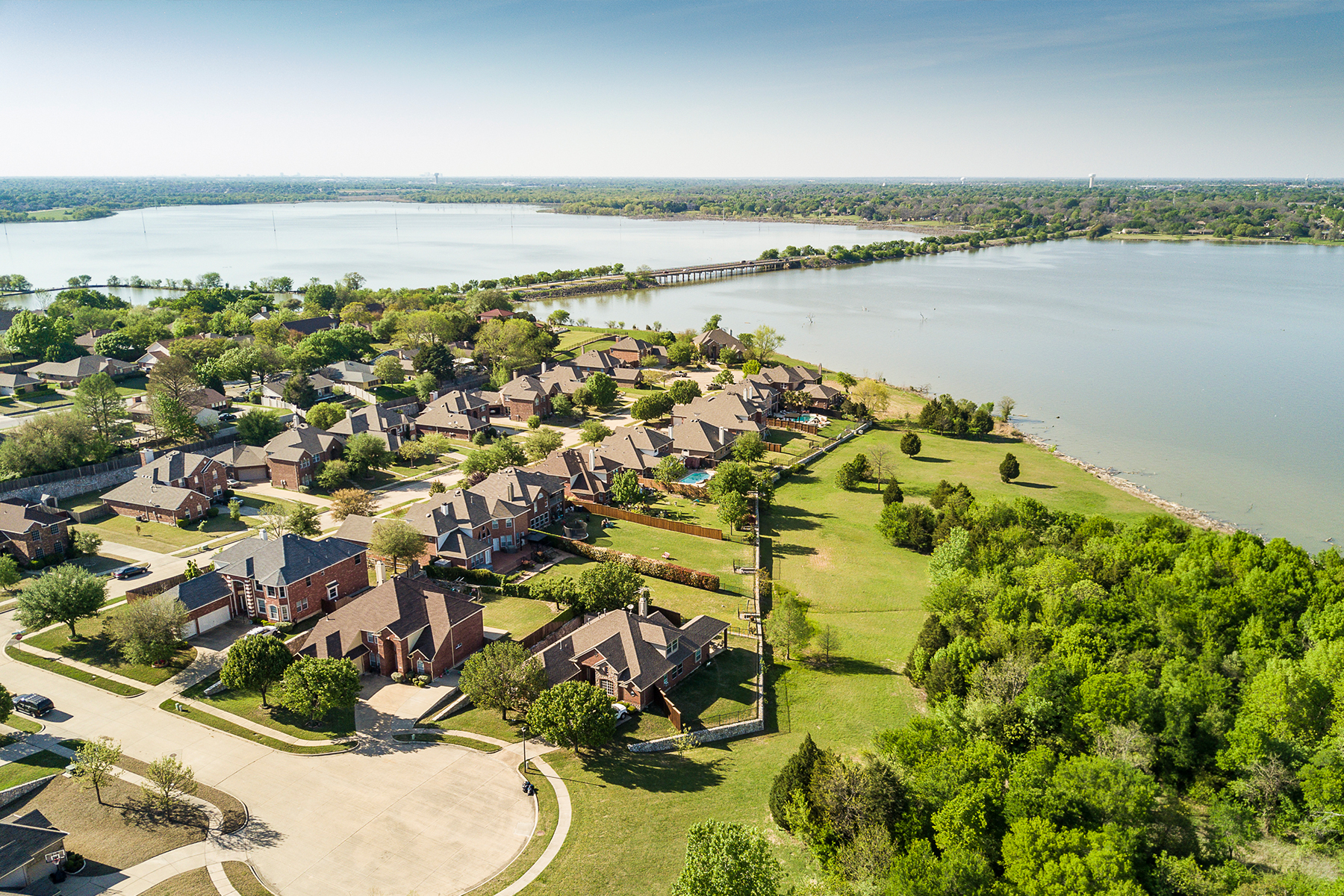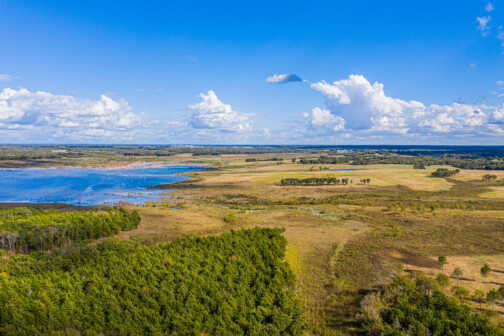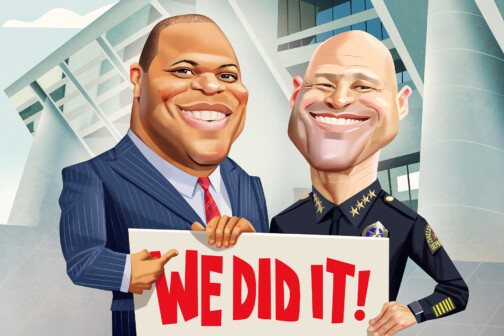Here’s how this started: way back in 2003, we at the magazine figured it might be fun to publish a list of the richest people in Dallas. The task of identifying those people fell to me. Bear in mind, this was before the internet, as we know it now, existed.
So I began by asking the Dallas Central Appraisal District if the folks there could tell me which were the priciest residential properties in town. That list alone—forget stock holdings and other measures of wealth—was fascinating. There were Hunts and Perots and other expected names, but there were also names like Dick Brown. Who the heck was Dick Brown, and how did he make enough cheddar to afford one of the most expensive cribs in Dallas? I’ve tried to answer some version of that question hundreds of times over the course of the eight iterations of this list that we’ve published.
Shall we stop to ponder that? That means, for two decades, I’ve been stalking some of the richest people in Dallas to figure out where they live. When I graduated from high school, I didn’t think that would be my job.
The 2023 list is online today, which is the cover story for our July issue.
Be that as it may, I’ll give you a peek at one name that’s new to the list this year. The property is owned by a murky trust whose address is an East Texas office complex. For the life of me, I couldn’t unravel the ownership—until I went to Google Street View and started visually poking around, foot by foot. That’s when I spotted the original, faded signage for the East Texas building. The tenant no longer existed. But the sign bore the surname of a legendary oilman, the grandfather of the guy who shares initials with the name of the trust that owns the Dallas house.
Gotcha!
Ask the people who sit near me at work. When I unlocked the ownership of this house, I jumped out of my chair in celebration. I’m not proud of this. But it did happen.
With every victory, though, comes defeat. For the first time, two spots on this year’s list are occupied by trusts, not names of humans. Hours of sleuthing, even with multiple property-ownership subscription databases at my disposal, failed to unearth enough information for me to name the actual residents of these houses. I tip my hat to their owners and to the lawyers who work for them.
One final note: thank you to everyone on the list. Your annual property tax, even at the bottom end of the list, exceeds $300,000. That money helps educate our children and keep our streets safe.
I’m looking at you, Michael Herd.



